
The Titicaca National Reserve is home to a great variety of birds, this was recognized by the Ramsar Convention as a wetland of international importance, especially for being the habitat of waterfowl. Below we will mention the types of birds that live in Lake Titicaca, Puno.
Table of Contents
There are several places to see birds in the Titicaca National Reserve (RNTC), for example you can do it from the Islands Taquile and Amantani Islands where you can also do community tourism, or hire a private service and visit Suasi Island.
Likewise, to have a good avistameinto of birds I recommend you to make the tourist circuit of Carata Mocco or the circuit of Yapura one of the most recommended, in both circuits you will make it in boats made of reeds oriented by the guides of the place.
The RNTC is home to many species, among them are about 105 birds; the most representative bird of the site is the Grebe (Rollandia microptera), wild ducks, the parihuanas or flamingos, etc.
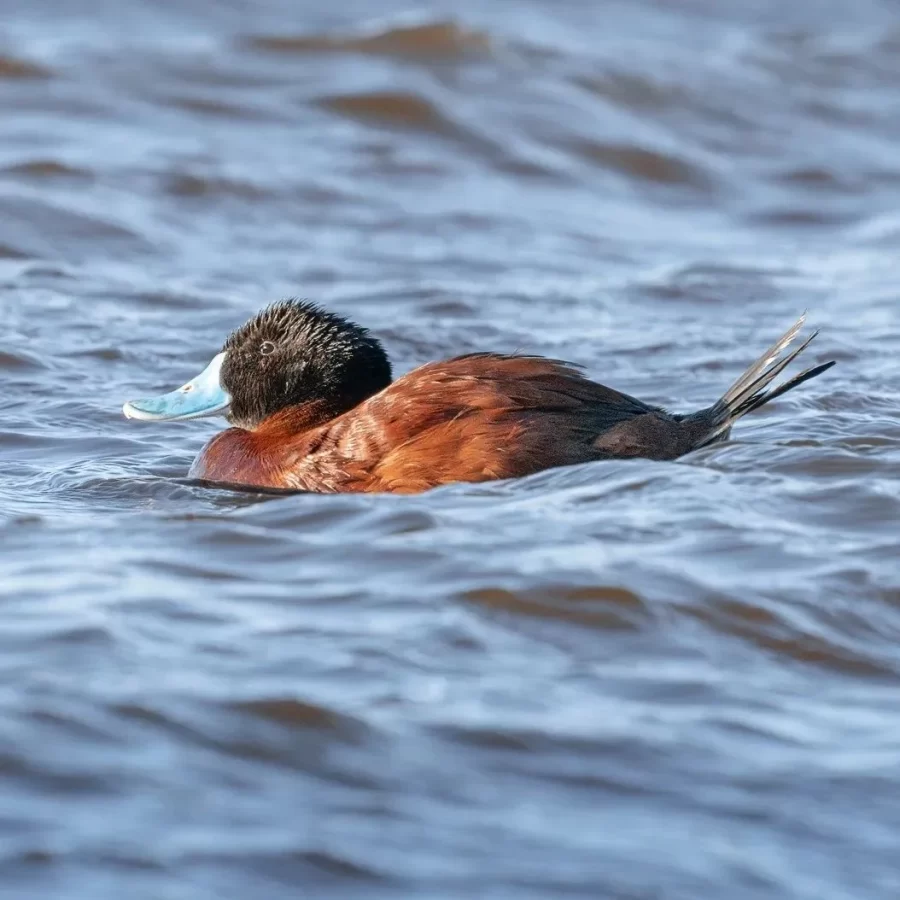
This species is in danger of extinction, lives in the waters of Titicaca in southern Peru and western Bolivia, among its characteristics are: it has a white neck and throat, his forehead and crown are black, dark eyes, has a straight beak pointed blue.
This species is one of the largest divers of the lake, they usually walk with difficulty because of the anatomy of their legs; however, underwater their legs serve as paddles for swimming and diving, their anatomy is similar to the duck with the only difference of their beaks.
The Great Ruddy Duck can be found in Chucuito, Juli, Ramis and the Arapa Lagoon.
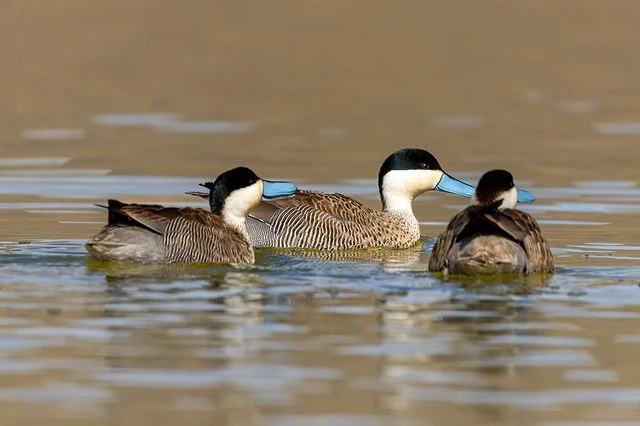
The Puneño Duck is a type of species very common in the puneña area, because you can find them in lakes and rivers of the same city. It is characterized by having a black head, cream-colored cheeks and what stands out in them is the blue color of its beak.
It feeds on aquatic grasses and some crustaceans and you can find them in the countries of Bolivia and Peru.
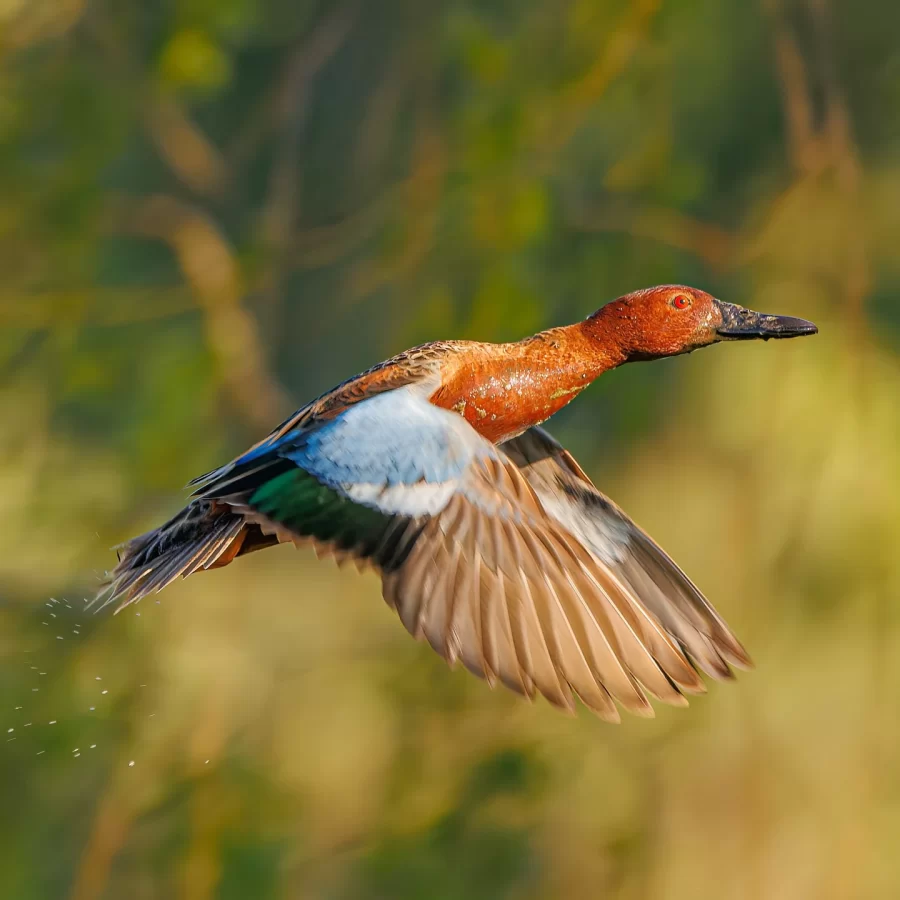
The Colorado Duck or also known as red teal, cinnamon teal or cinnamon duck is a type of bird that lives in the waters of Titicaca, not to be confused with the other type of bird that has similar characteristics.
The Colorado Duck has a spoon-like bill, but small, its wings are light blue with a white stripe and its legs are yellow. It feeds on seeds, plants, insects and some aquatic mollusks.
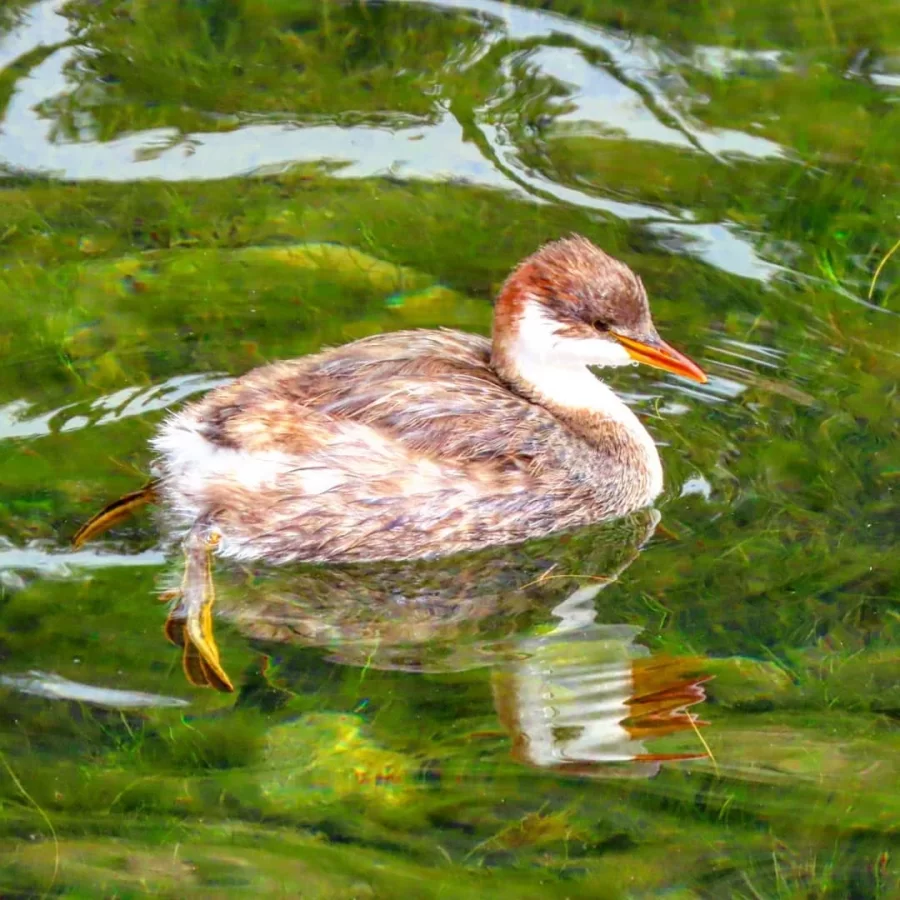
This Zambullidor del Titicaca has a brownish color, the part of its head is black while the lower part of its head and necks are white, the rest of its neck and body are reddish brown. Like the Puneño Duck, this one has a definite color in its beak, you will recognize it because it has a yellow beak.
This species cannot fly, but if it is an excellent diver, it feeds on small fish, which have a size of 15 cm, so when the silversides exceed that size and weight, are not part of their diet.
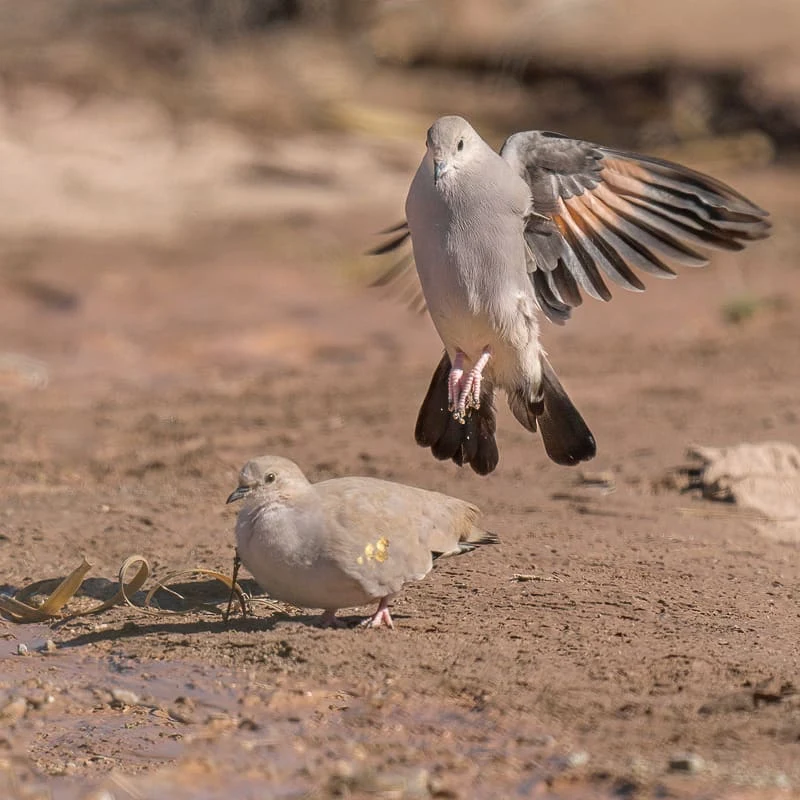
Golden Dove, aimará dove or golden-dotted lovebird, is a golden-brown species, hence its name; the part of its shoulders has golden dots, its beak is dark gray and its legs are red.
Another difference that stands out in this bird is that the tail and the tip of its wings are black, as you will see this species like the others walk in groups or pairs, they live near houses, corrals.

The Witch Heron is a species of bird with different and striking features, the color of his eyes turns an intense eye color, his neck turns from white to light gray, his face, throat and belly are white and part of his head, neck, back are black but the tone can vary.
Another characteristic is that the adults have two or three long feathers, while their legs and feet are pale yellow. It feeds on fish, small reptiles and amphibians.
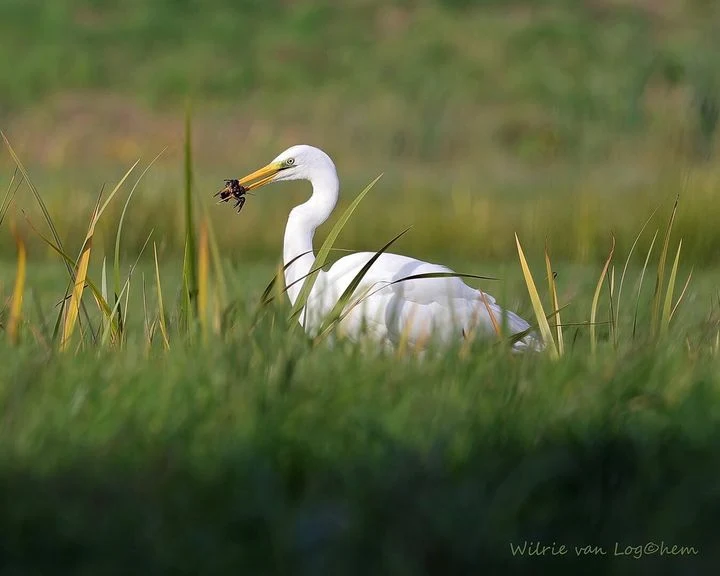
The White Heron is a bird that reaches a height of one meter, all the plumage it wears is white, its legs and beaks are black, both males and females are equal in appearance. These birds usually inhabit the wetlands of temperate and tropical regions.
You can see them in the United States, Canada and part of South America.
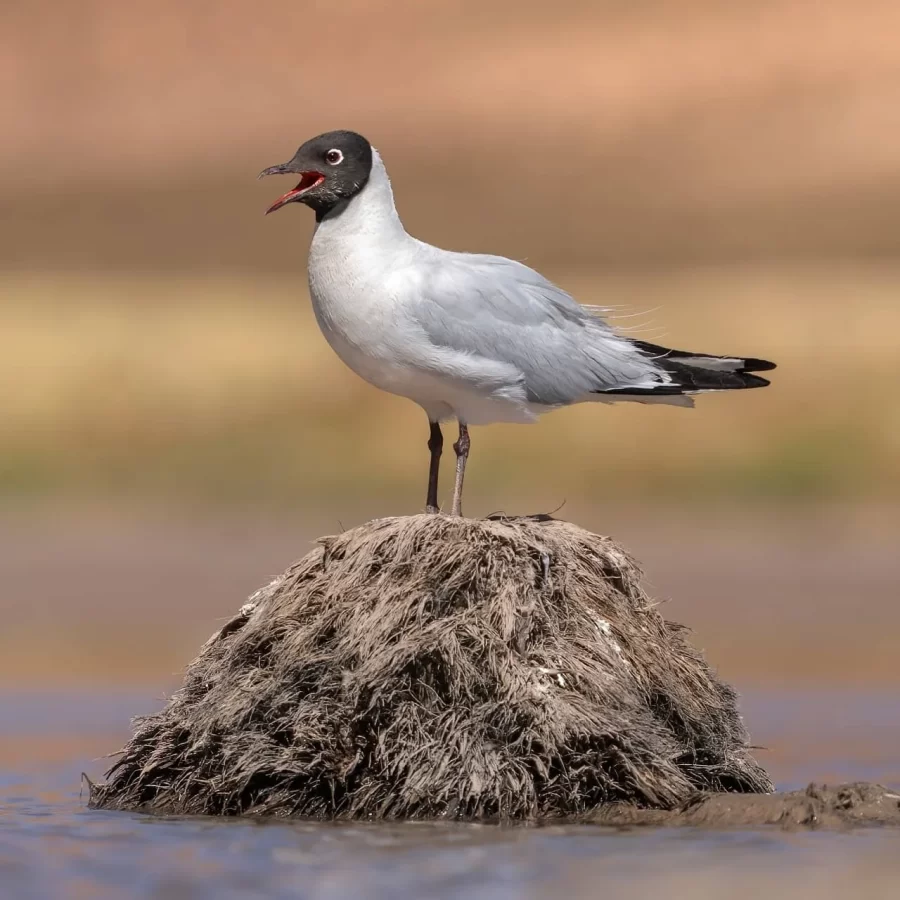
Andean Gulls live in Lake Titicaca, they are characterized by their black head and white body, their wings are lead-colored and the tip of their tail is black, their legs are a dark red color.
There is a peculiar fact, when it is not in the breeding season, the feathers of its head turn to a light gray color. This bird lives in rivers, lakes, lagoons and marshes, there is only one type of this, therefore, there are no subspecies.
You can find them in Ecuador, Argentina, Chile and Peru.
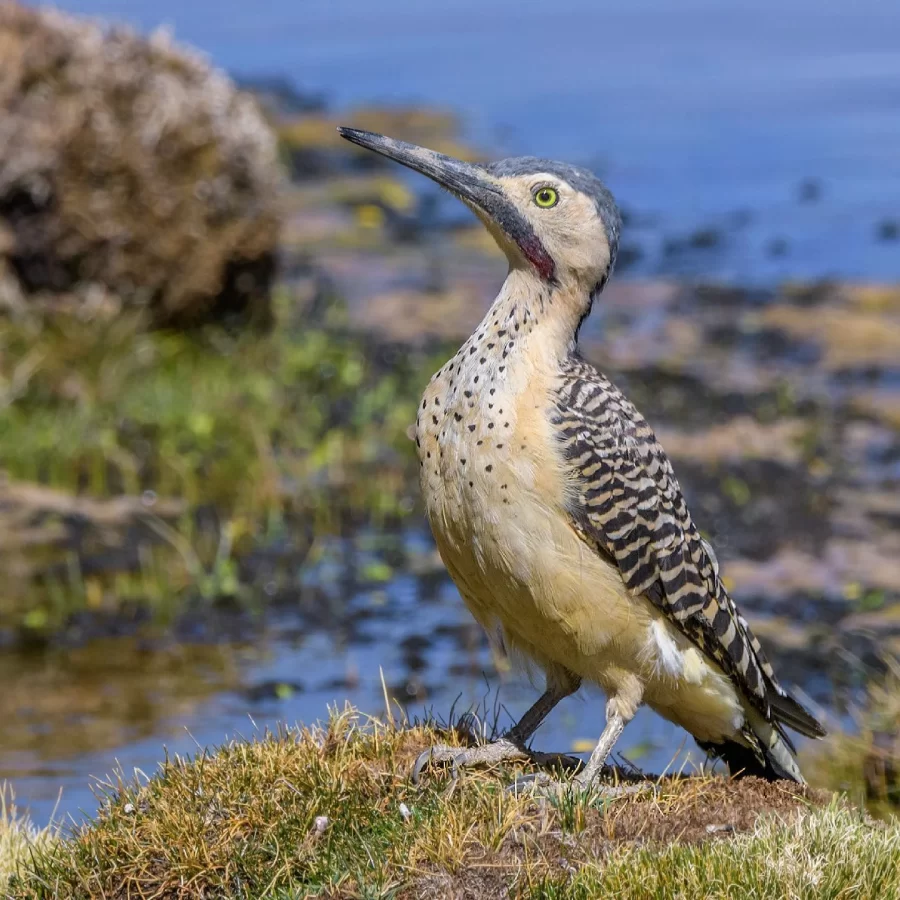
The Andean Carpenter has a very peculiar characteristic in its wings, since these serve as camouflage in its environment, the part of its head is dark gray with red feathers at the nape of the neck, this aspect is more evident in males.
The size of its beak is long allowing it to search and collect larvae of either butterflies or beetles, it usually looks for food in grasslands, pastures or on the banks of rivers, it is said that this type of bird is one of the few terrestrial species.
They usually build their dwellings in rocky areas or in abandoned mud houses. These birds are found in Peru, Bolivia, Chile and Argentina.
The Andean Swallow inhabits mountainous areas and valleys. Its head is black with greenish highlights, while its throat, chest and belly are light grey, its wings and tail are dark.
Their food is based on insects, you will find them in the south of Peru, Bolivia, Chile and Argentina.
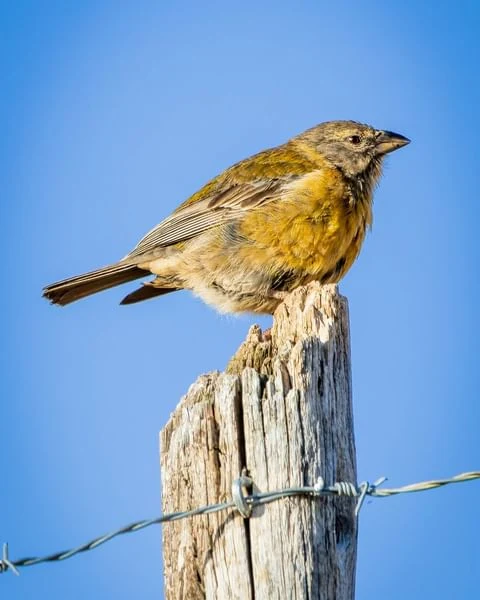
This Peruvian Fringilo bird or Sparrow, inhabits the highlands of Peru and Bolivia, the characteristic of the male is that its head and neck are gray, the part of its back and back are yellow, while its wings are gray, with clear parts between the tail and wings.
They feed on seeds, insects, arachnids; they love to sing. They are found among rocks, grasses, bushes, streams and in queñoa forests.
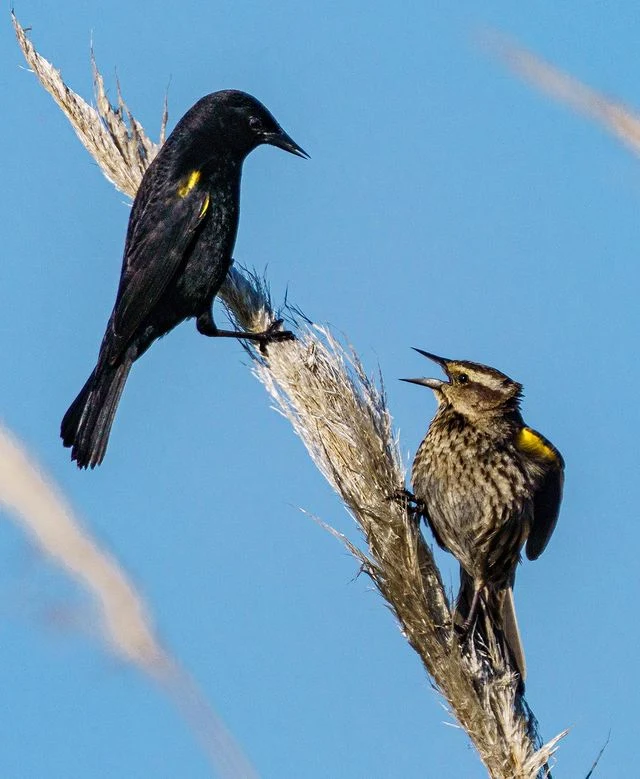
Finally, the bird Varillero Yellow Wing inhabits lakes, wetlands or dry fields and feeds on insects. The characteristic of its body is more noticeable in the male than in the female, for example the distinctive color of this bird is yellow, but in the female its visibility is low, much of its body is black.
When flying you will see how beautiful is the color she wears and another additional fact, the female will always walk next to a male and they are rarely alone.
As you have seen, the Titicaca National Reserve is home to many species, including birds, if you want to see them up close, then you have to make a guided tour to Lake Titicaca that not only are the birds, you can also visit the main islands of Titicaca.